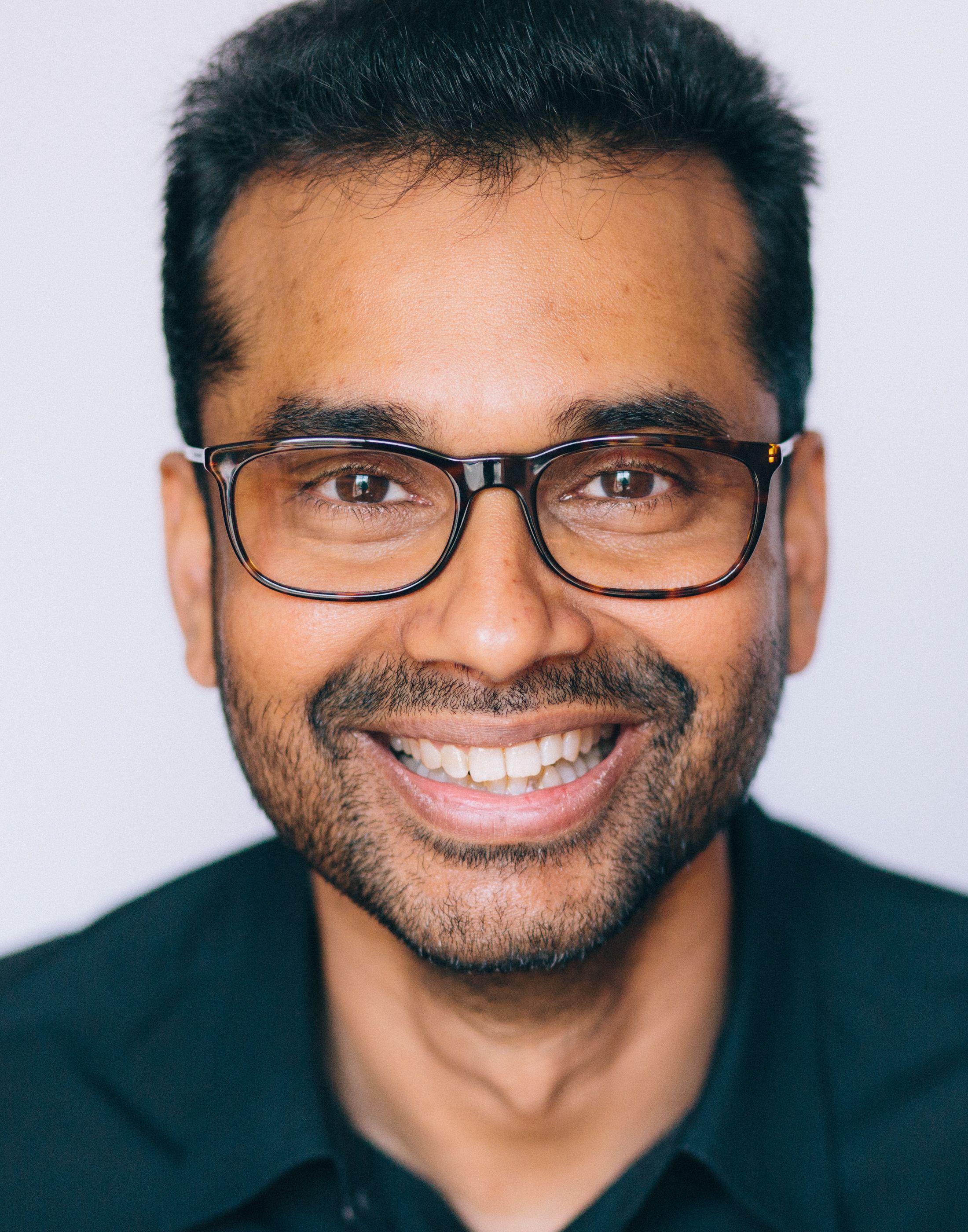Digital Clinical Architecture for Modern Researchers
Clinical trials are evolving rapidly, making it harder to handle the increasing volume of data available today. Real-time access to this data is crucial to bring groundbreaking new therapies to market. We sat down with Raj Indupuri from eClinical Solutions and Douglas Barta from Cerevel Therapeutics to discuss how a digital clinical architecture is ideal for modern researchers and trials.
Applied Clinical Trials: We know that data plays a major role in clinical trials. How do researchers handle the volume and variety of data sources?

Raj Indupuri: Today’s clinical research teams work with an incredible amount of data. In 2021, phase III clinical trials generated 300% more data points than 10 years prior, according to the Tufts Center for the Study of Drug Development (CSDD), now a million data points on average. However, it’s not just the amount of data that’s harder to manage, it’s the increase in different data sources too. In separate research we conducted with Tufts CSDD, more than two-thirds of all sponsors reported using or piloting at least four data types in clinical trials, including non-CRF data, direct data capture, data from devices and apps, medical images, electronic health records (EHRs) and omics data. In 2022, we see trials averaging 10 unique data sources. To handle all this data, life sciences companies are looking for ways to automate digital data flows including data ingestion, mapping and standardization processes and analytics to support end user teams to clean and review data faster while supporting streamlined decision making and faster insights.
Douglas Barta: In my experience, life sciences companies are looking for innovative strategies to manage numerous data streams coming in from multiple trials to handle the volume, variety and velocity of modern clinical trials. We chose to take a digital first approach and want to maximize flexibility and speed in our trials to ensure clinical teams can choose the best possible providers and technologies that meet the needs of participants and scientific objectives. Sprinkling data across numerous sources is not the approach we wanted to take. One data platform that enables near real-time analysis to help make better business decisions rapidly across teams is a strategic and competitive advantage.
ACT: When looking to implement this type of technology platform, you had the opportunity to buy one or consider building your own. What was the strategy behind your approach?

DB: In recent years there has been a major shift for life sciences companies to buy versus build technology, with more software providers and options available. Buying saves time and money and avoids investing in a team focused outside the core competency of new drug development. We chose to buy a data and analytics cloud including data repositories, workbenches, connectors and out of the box analytics and use it as a foundational platform for our trials. Implementation is faster when working with a software company that does this frequently, and there are always new features to utilize. For companies like ours with the opportunity to design a data architecture from scratch, the benefits of buying far outweighed those of building.
ACT: Why is a centralized platform approach necessary when designing a modern digital clinical architecture?
RI: As trial complexity evolves, a comprehensive data and analytics platform gives researchers the control to quickly examine data from all necessary perspectives. Data flow is automated and rapidly turned into information and insights. Data can be arranged, combined, rearranged, and traced from the original source for better governance, transparency and traceability.
These platforms also help teams collaborate more efficiently with one source of truth and set of visualizations that quickly shows outliers and areas of concern. Many teams still rely on cumbersome, manual Excel trackers and line listings to review data and monitor trials. Instead they could be using a comprehensive platform to transform their data into analytics, risk indicators and actions that enable faster decision-making and can speed cycle time and improve overall data quality.
DB: One of the greatest challenges facing clinical trials today is timely recruitment of participants and incorporating diverse populations in clinical trials. As sponsors optimize their diversity, equity, and inclusion (DEI) strategies, ensuring plan success is partially a data and analytics problem. Clinical teams need real-time visibility to screening and enrollment demographic analytics by geography and cohort, which often come from multiple source systems. Utilizing a central data infrastructure helps teams operationalize their DEI best practices and gain the oversight necessary to measure results. In parallel, trial designs that incorporate Decentralized Clinical Trial (DCT) designs and technology can help improve the patient experience and make participation in the trial more convenient. The ability to easily incorporate DCT data into digital trials along with numerous other data sources for rapid review and cleaning is another advantage of a centralized data and analytics platform. As we look to the future state of digital trials and clinical development, we know there will continue to be new data streams that will enhance researchers’ knowledge of patient experience that we are ready to take advantage of.
ACT: How do you see this technology continuing to advance? Any trends or predictions?
RI: Data is the currency of life sciences and all the trends we discussed are accelerating. Technology is advancing not only the ways we gather information, but how we standardize and process data. Embracing new trends in data automation, organization and analytics will continue to help research teams make breakthroughs more efficiently. The democratization of data has created greater demand for technology in life sciences that transforms data into insights across all areas of the development process. We see incredible growth and opportunities to build artificial intelligence and predictive analytics on top of centralized data platforms that augment end user knowledge and skill sets, speed the pace of research and advance human health.
DB: At Cerevel, we are constantly asking ourselves how we can do better for patients, researchers, and our teams. We will continue to invest in technology, analytics and platforms that deliver a better experience to trial participants and our researchers.